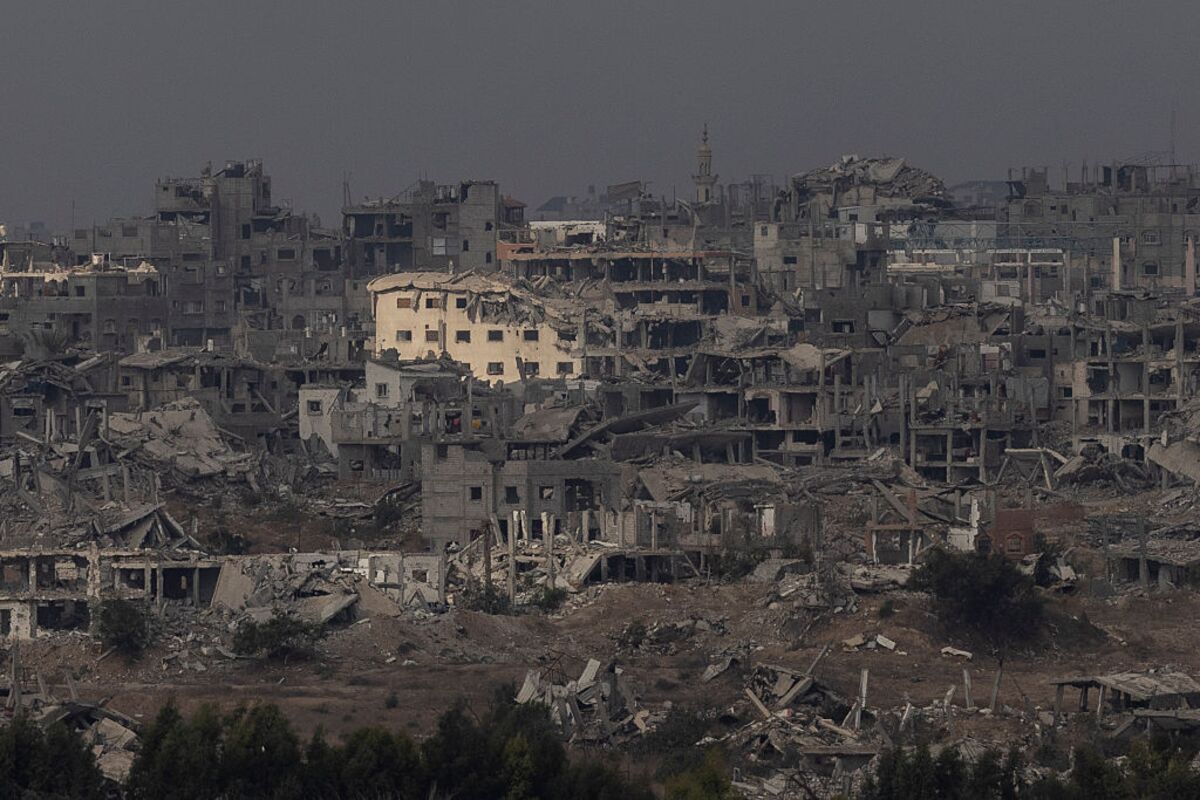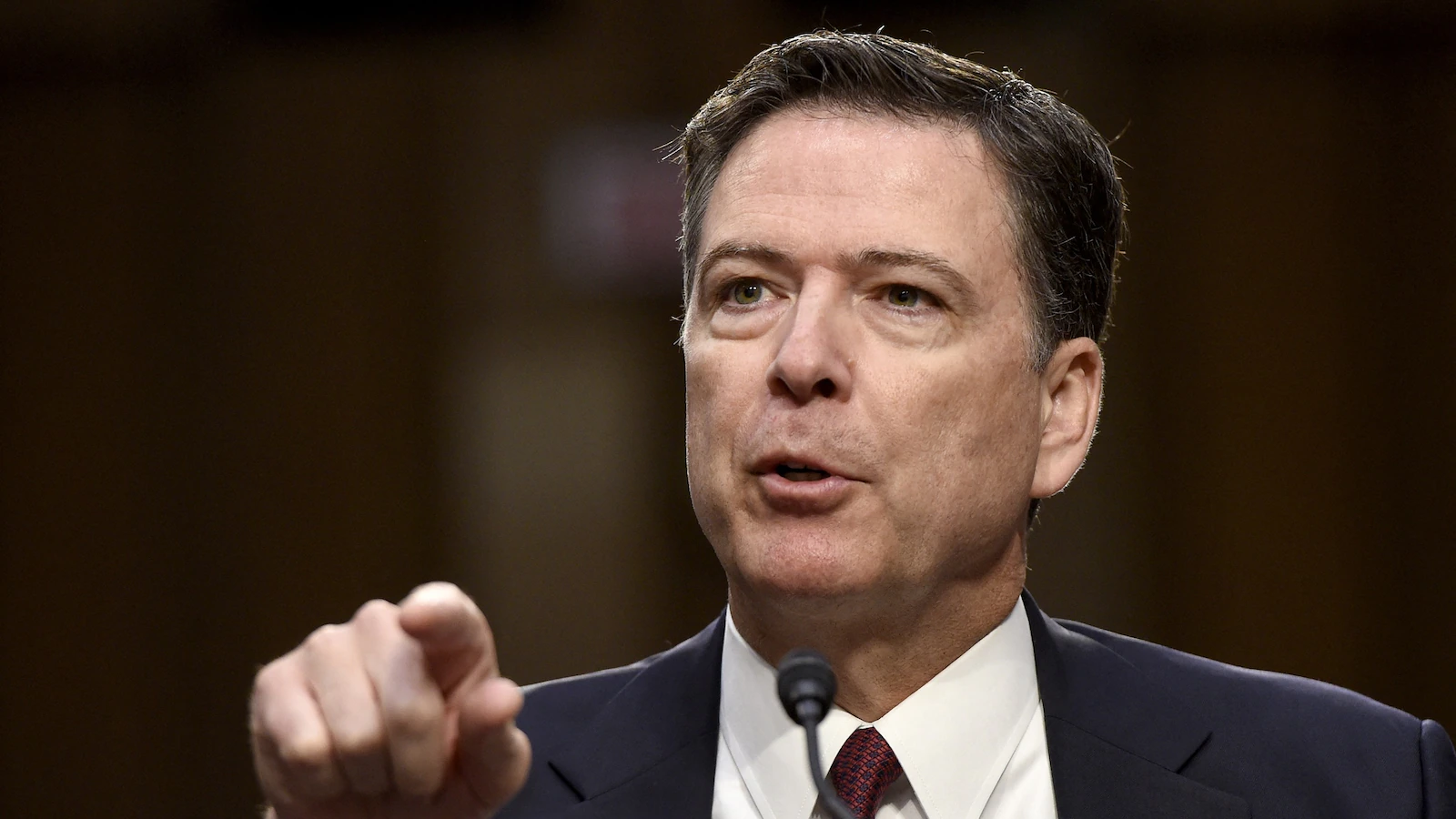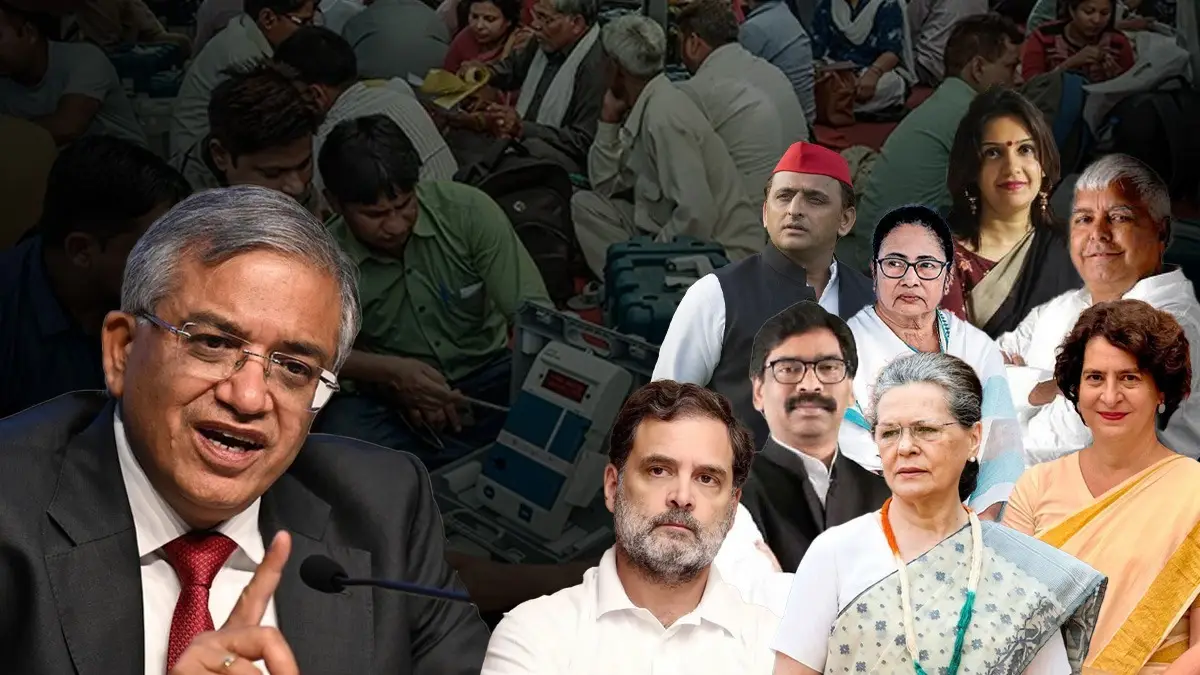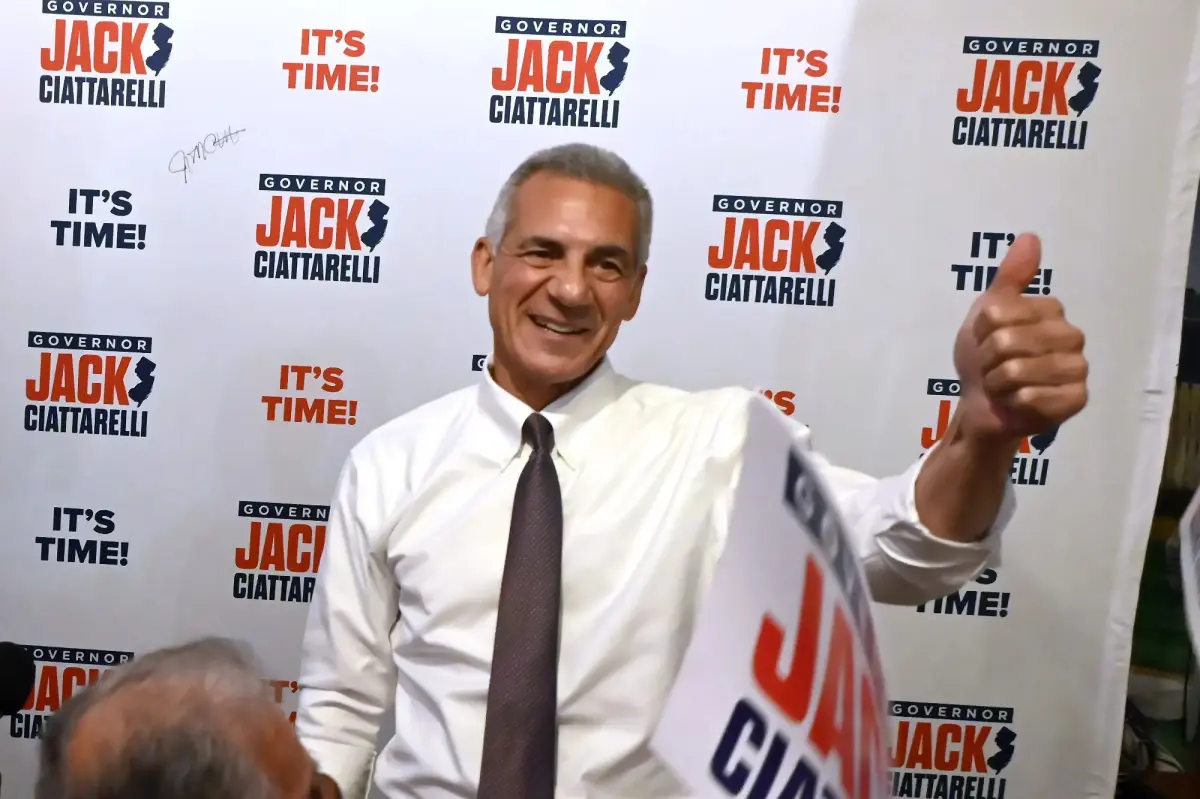Copyright Bloomberg

Who will disarm Hamas? And who will persuade Israel to withdraw from the 53% of the Gaza strip that it continues to hold? These remain the core questions bedeviling Donald Trump’s peace plan — and they need answers. It’s clear that neither side believes the war is over and it’s to the credit of the US officials racking up air miles to muscle both that Trump’s truce hasn’t collapsed already. Israel has accused Hamas of slow-stepping the return of dead hostages as well as ambushing its troops, retaliating with heavy bouts of fire. This cycle of violence has killed more than 100 people so far this week, according to Gaza’s Hamas-run health authority. Egypt – which is emerging as the regional lead for Gaza - has stepped up, too. It sent heavy machinery and personnel into the Strip to dig through rubble for the corpses of missing hostages, in a bid to prevent events spinning out of control. It’s also planning a reconstruction conference for Gaza in November. But this is the easy part. Trump’s plan was deliberately vague on the details of how to shape a peace to follow the ceasefire, and the complex diplomacy that will be needed to fill those in has barely begun. What’s disturbing is that the path to a much more brutal outcome is already a good deal easier to make out, because both Hamas and Israel’s settler movement see ways to use the ceasefire to further their messianic goals. Absent the international stabilization force that was supposed to deploy “immediately” under the terms of Trump’s deal, Hamas has not disarmed as it’s supposed to. It has instead reasserted control over the 47% of Gaza from which the Israel Defense Forces have withdrawn. That’s probably inevitable for as long as a security void exists and the IDF is stationed in full battle order just across the agreement’s so-called yellow line. But when Hamas met with several other Palestinian factions in Cairo on Oct. 23-24, to negotiate a common position on postwar governance, its representatives again would not agree to disarmament. Hamas also said that while it would step aside in favor of a government of technocrats from within Gaza, it would not hand control to the West Bank’s Palestinian Authority. That’s run by Hamas’s bitter political rival, Fatah, which refused even to attend the meeting in Egypt. This is politics and probably solvable, but Hamas also said it would accept an international stabilization force only if its mandate is limited to securing the yellow line and monitoring the peace — in other words not the heavily armed force it would take to impose control, blow up tunnels and separate Hamas from its weapons. Not surprisingly, the US is having trouble finding takers for that role. What reward would there be, after all, for getting between Hamas and the IDF, when every few days your troops can expect an attack that triggers another bout of IDF bombing across the strip? Missiles don’t spare peacekeepers any more than they do civilians. “ What is the mandate,” Jordan’s King Abdullah II asked in an Oct. 27 BBC interview. “If it's peace enforcing, nobody will want to touch that." Meanwhile, in Israel, right-wing parties from Benjamin Netanyahu’s ruling coalition infuriated the US by advancing legislation in parliament to annex the West Bank, a move that would likely torpedo Trump’s plan for Gaza. The same parties run the ministries in charge of both the security and purse strings of the West Bank. They’ve long insisted that Gaza should never be returned to Palestinian control and should instead be resettled. In a conflict where refugee camps are 77 years old, and the West Bank has had a temporary status ever since its seizure from Jordan in the 1967 war, it’s all too easy to see how Trump’s yellow line could end up being permanent, too. Netanyahu has said he won’t let the annexation bill become law. But he also won’t remove the IDF from Gaza unless, at a minimum, Hamas disarms, while Hamas won’t disarm so long as the IDF is present, if then. What makes this circle even harder to square is that both positions enjoy popular support among their respective communities. According to the latest Oct. 28 edition of a periodic poll of Palestinian opinion, 55% of Gazans and 87% of West Bank Palestinians oppose the disarming of Hamas. And according to a late July survey published by the right-wing daily Israel Hayom, 52% of Israelis support Gaza’s resettlement. Attitudes on both sides have changed since the start of the war and can do so again, for better and worse. The day after the Israel Hayom poll, one in the Times of Israel asked respondents if they supported Gaza’s annexation (as opposed to resettlement), and 53% said no. But this will all complicate the jobs of Steve Witkoff, Jared Kushner and other Trump aides tasked with seeing his peace deal to fruition. They’ll need to keep an iron grip on both sides if they’re to keep the process on track and fully engage the Arab allies on whom both Gaza’s reconstruction and the wider security of the Middle East depend.



